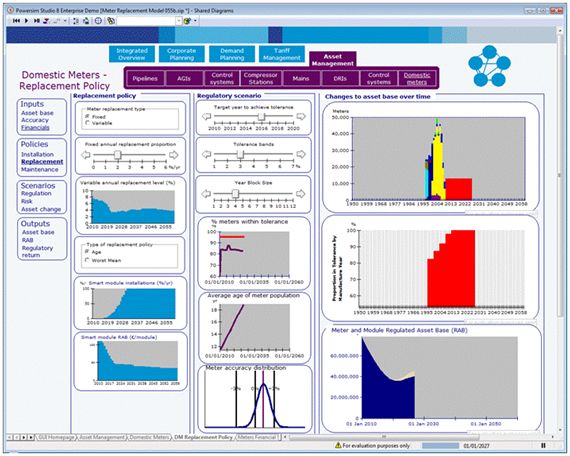

Copyright © 2026 Optadian Limited. All rights reserved. Privacy Policy | Terms and Conditions


Optadian works with organisations to understand the business levers in their organisation and market, systemise their business knowledge, analyse their historic data and develop simulation tools based on this to support planning and decision making
Simulation and Planning
Situation |
Whilst many organisations have made significant progress in being able analyse their historic data to understand performance and identify issues and have made some inroads into being able to forecast future performance through extrapolating from historic performance, they are often poor at developing an accurate view of their future performance and how it will vary under different scenarios. This lack of an accurate view of the future severely impacts their ability to develop optimal plans, be they capital investment, operational investment, workforce, skills or other plans, and results in suboptimal business decisions being made. Often the knowledge and data required to be able to understand the interrelationships between the different business levers necessary to develop good plans is available within the organisation or externally, but it is fragmented, inconsistent, untested and not built into the planning process and tools. |
Solutions |
Optadian works with organisations to develop detailed business simulations to support planning and decision processes. The simulations are based on the systemisation of the best knowledge available both within the organisation and externally. A series of business and market rules are developed from this knowledge and the analysis of historic data which can be individually tested through expert and analytic analysis, review and challenge. The rules are integrated into an overall simulation which enables analysts to understand what is likely to happen in the future, what will happen under different external scenarios and what will happen with different business responses to these scenarios. Based on analysis of the simulation under different scenarios, business analysts and management are able to determine the optimal course of action to take and to be able to plan effectively. Optadian has used a variety of toolsets to implement simulations for clients. These include iThink from ISEE Systems (www.iseesystems.com) and Powersim Studio from Powersim Software (www.powersim.com). Optadian has a close working relationship with Powersim Software, providing significant input on future feature development and beta testing. |
Example Credentials |
Optadian has implemented simulations for a range of clients which have enabled them to plan better and provide a more robust justification for the plans to stakeholders including regulators. European National Transmission and Distribution Gas Utility Optadian architected, designed and implemented in conjunction with Accenture a simulation-
The solution was a multi- A technical architecture was developed for the simulation that enabled it to be multi- Overall the solution enabled the business to develop accurate, consistent, integrated plans that accurately incorporated the best available knowledge and data and which could be tested against a range of external scenarios. The solution also provided a robust set of evidence with which to justify the plans with the regulator. |
| Decision Support Strategy |
| Simulation and Planning |
| Optimisation |
| Asset Management Consultancy |
| Asset Information and Asset Intelligence Consultancy |
| Optimisation Controller |
| Electricity Network Planner |
| Values |
| Ways of Working |
